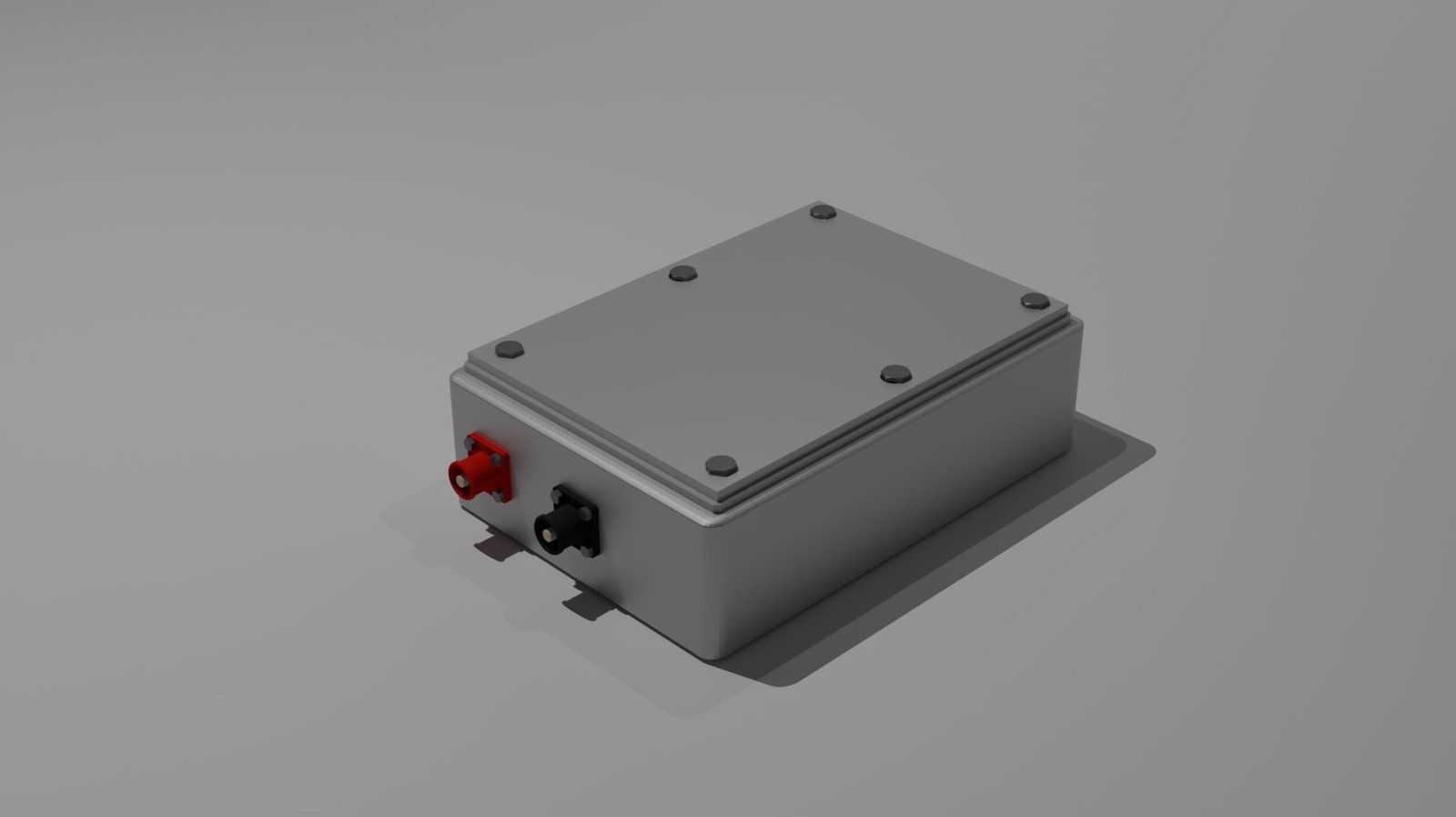
Building a Battery Pack
Building a Battery Pack from Recycled Laptop Batteries
In this project, we demonstrate how to create a functional battery pack by recycling old laptop batteries. Each laptop battery typically contains 4 to 8 lithium-ion 18650 cells. Step by step, we guide you through the entire process:
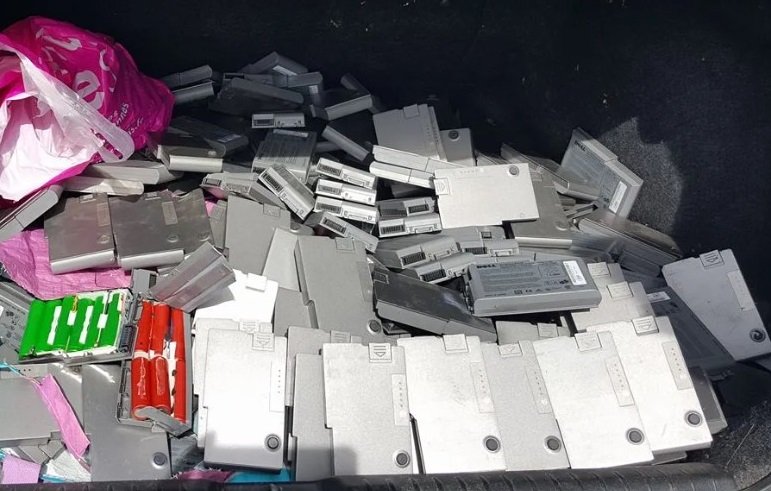
Step 1: Collect and Open Laptop Batteries
- Gather old laptop batteries: Collect as many old or discarded laptop batteries as possible.
- Extract the 18650 cells: Carefully open each laptop battery casing using appropriate tools, such as a screwdriver or prying tool. Be cautious to avoid damaging the cells or causing a short circuit.


Step 2: Test the Cells for Voltage
- Check each cell with a multimeter: Measure the voltage of each extracted 18650 cell. Select only the cells that have a voltage of 3.0V or higher; cells below 3V may be degraded or unsafe for use.
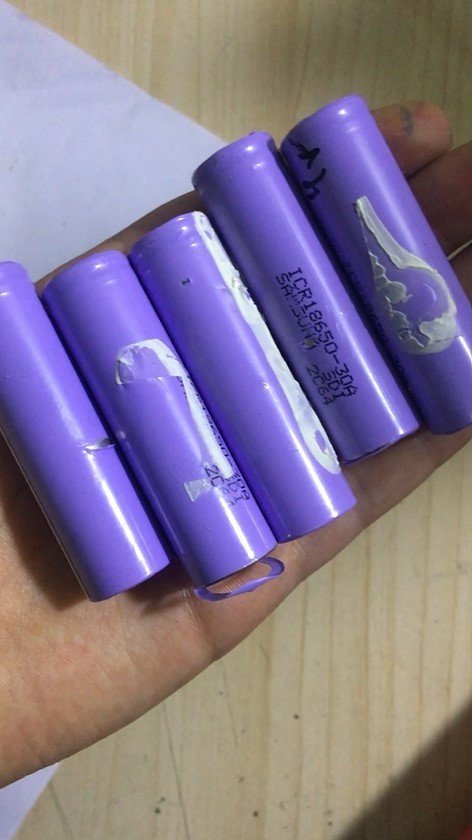
Step 3: Charge the Batteries
- Build a mass charging setup: To charge multiple cells simultaneously, construct or use a mass charger compatible with 18650 batteries.
- Fully charge the cells: Place the selected cells in the charger and charge them until they reach their maximum voltage (usually 4.2V for lithium-ion cells).
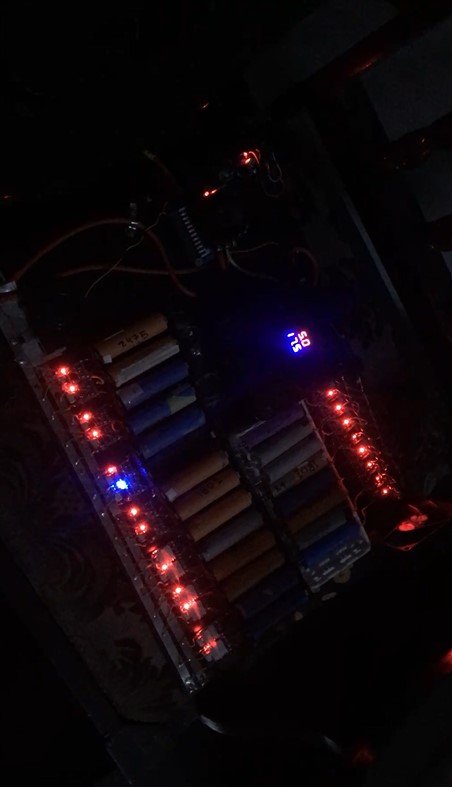
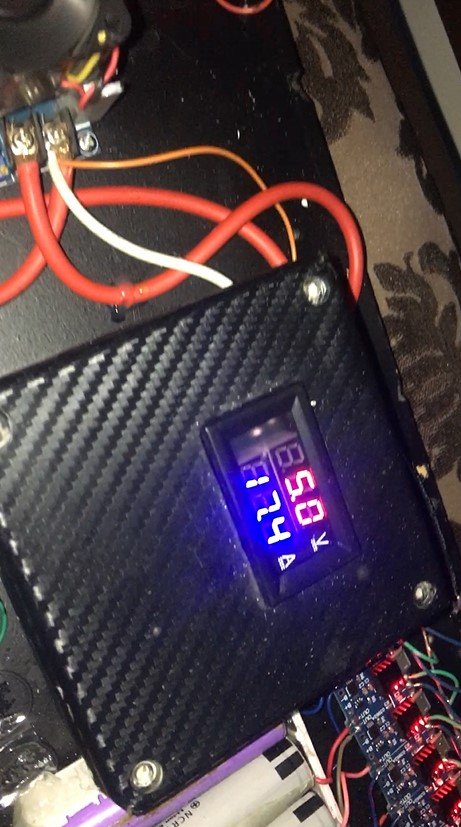
Step 4: Test Battery Capacity
- Use a capacity tester: Test the capacity of each fully charged cell using a dedicated battery capacity tester. This step determines the energy storage capability of each cell.
- Label the cells: Write the measured capacity (in mAh) on each cell with a marker for easy identification.
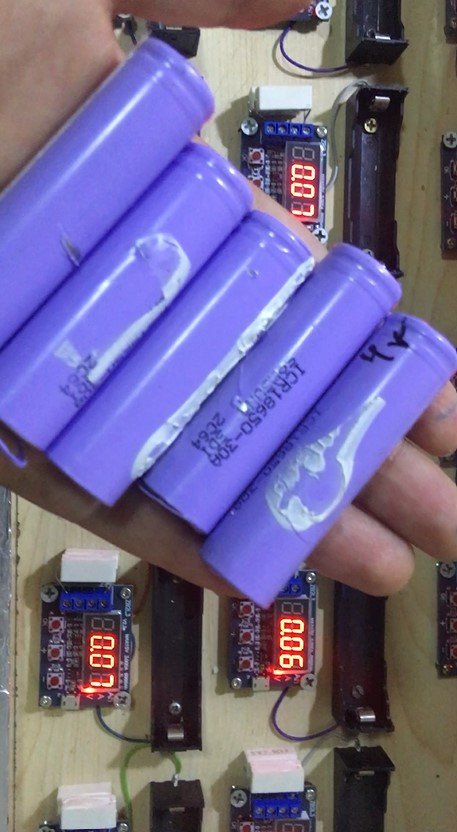
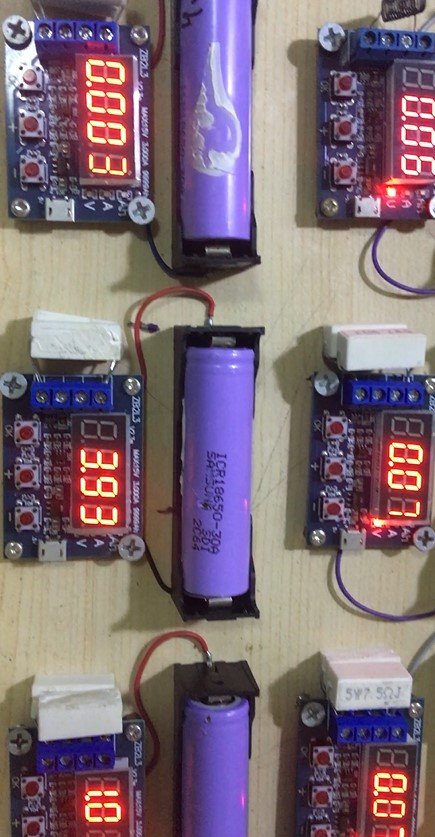
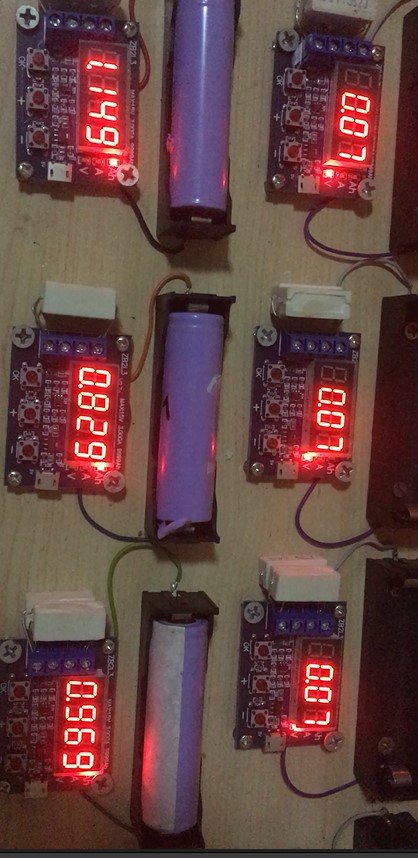
Step 5: Sort the Batteries by Capacity
- Organize the cells: Group the batteries based on their capacities, e.g.,
- Below 900mAh (discard these).
- 1000–1500mAh.
- 1500–2000mAh.
- 2000mAh and above.
- Select the best cells: For the battery pack, use only cells with a capacity of 1500mAh or higher for better performance and longevity.
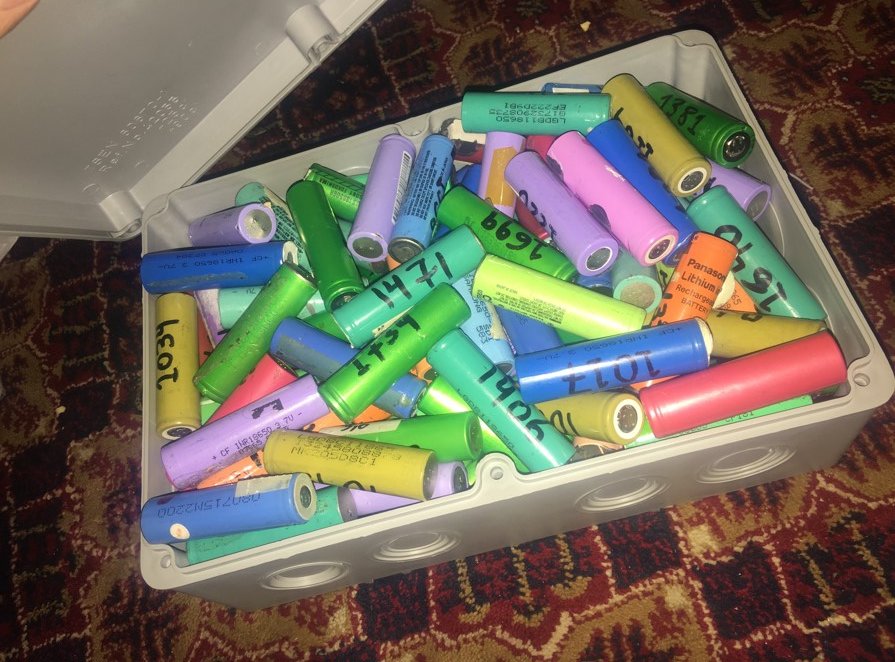
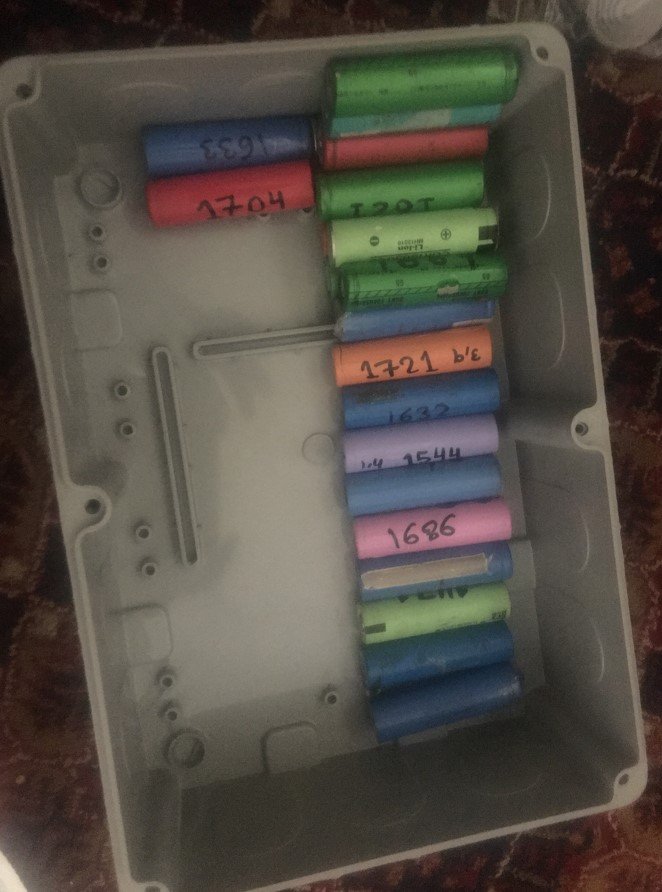
Step 6: Calculate and Configure the Battery Pack
- Use a battery configuration tool: Visit Repackr to calculate the optimal arrangement of the cells.
- Input the capacities of your selected cells.
- Choose the desired configuration (e.g., 3S for 12V). The tool will guide you on how to arrange the cells for balanced performance.
Step 7: Assemble the Battery Pack
- Place cells in holders: Arrange the cells in 18650 battery holders as per the configuration from the tool.
- Connect the cells:
- Solder the cells together using high-gauge wires for reliability.
- If available, use a spot welder for cleaner and safer connections.
- Reinforce connections: Add extra high-gauge wires to the power lines to handle higher currents safely.
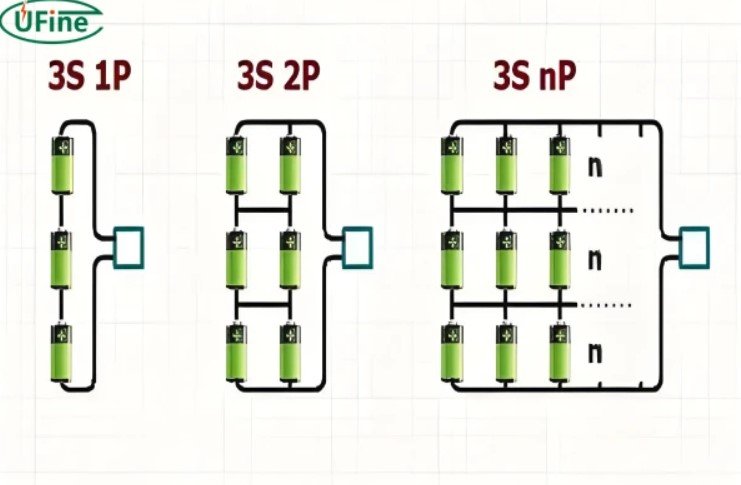

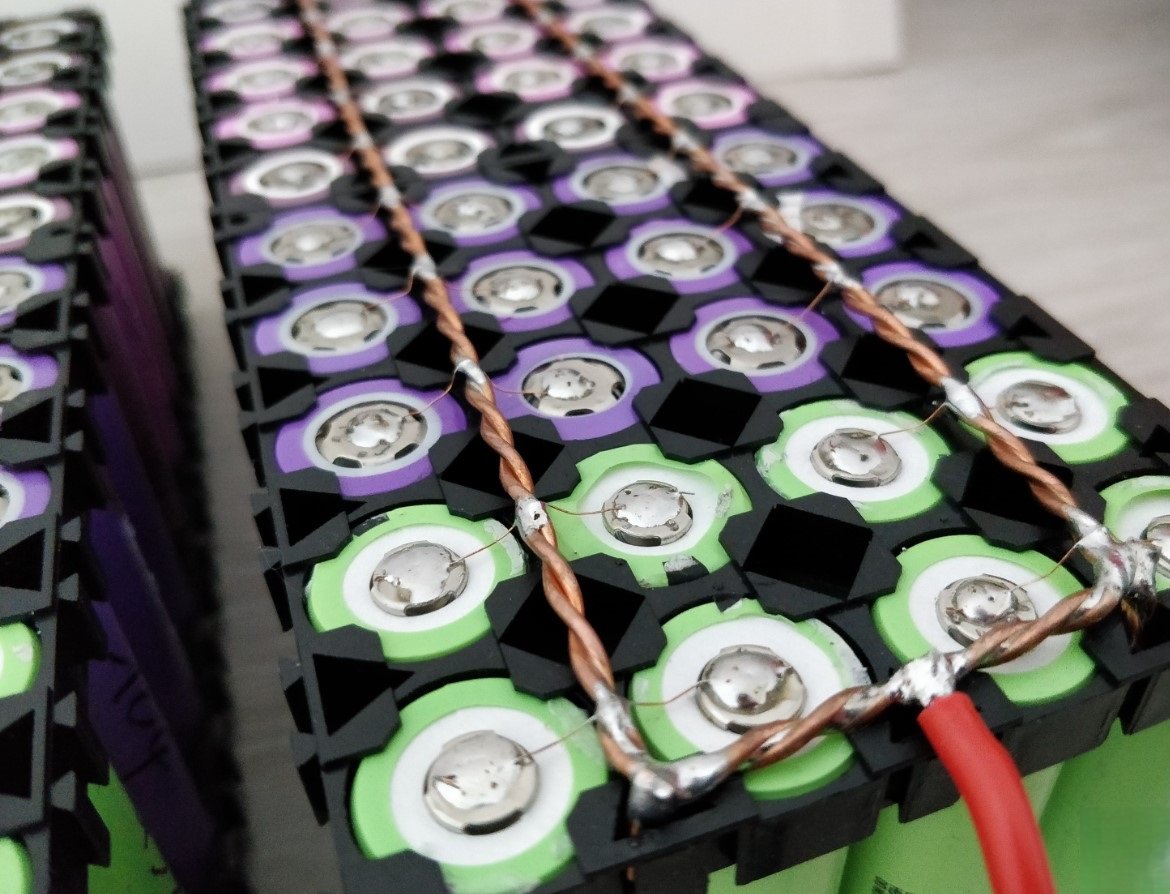
Step 8: Install the BMS (Battery Management System)
- Choose a quality BMS: Select a reliable BMS for your battery pack. This is critical for safety, ensuring proper charging, discharging, and cell balancing.
- Wire the BMS: Connect the BMS to the battery pack as per the provided wiring diagram. Use high-gauge wires for the main power lines.
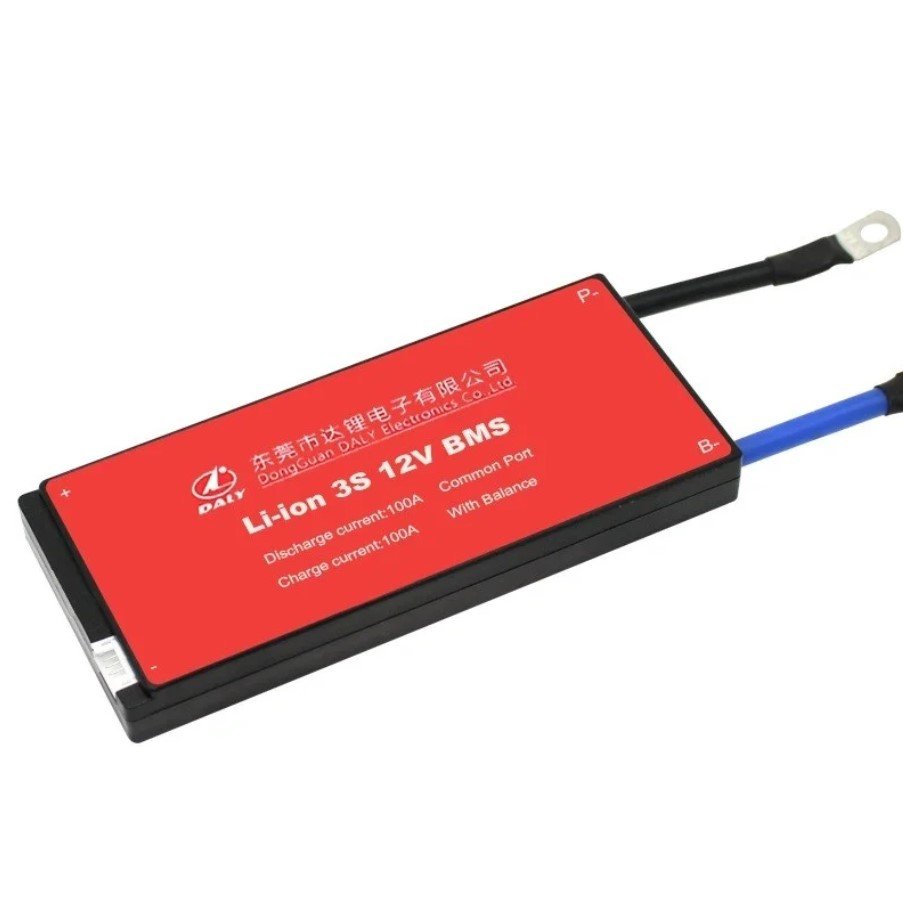
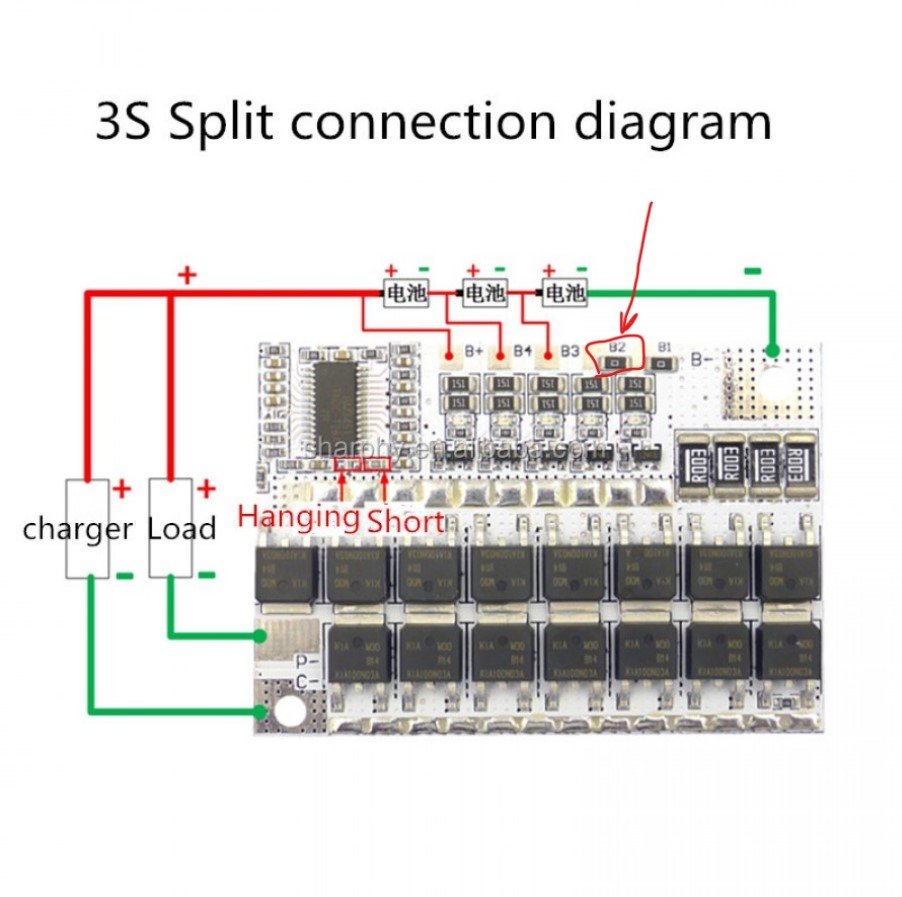
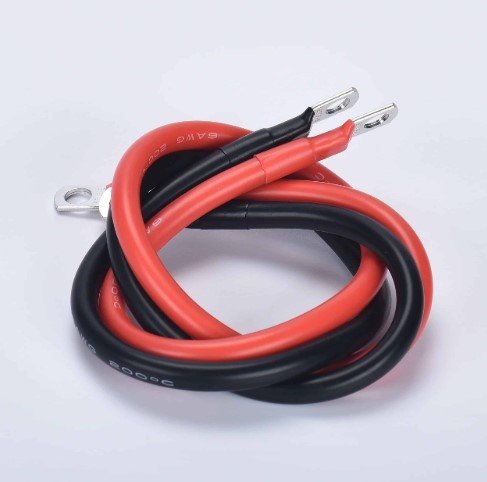
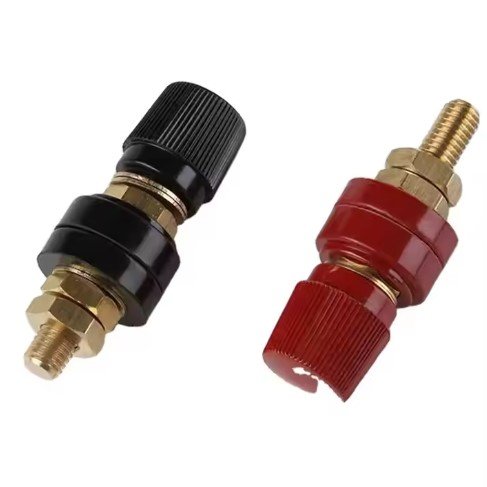
Step 9: Enclose the Battery Pack
- Prepare the enclosure: Use a durable box to house the battery pack. Drill holes to mount the battery terminals securely.
- Add shock absorption: Insert foam padding inside the box to protect the cells from vibrations or shocks.
- Secure everything: Screw the battery pack tightly into the enclosure. Ensure all connections are firm and insulated.
- Close the box: Attach the lid and secure it with screws for a sturdy finish.
Step 10: Test the Battery Pack
- Connect to an inverter: Attach the battery terminals to a powerful inverter and test the battery under load. This pack can easily handle currents up to 100A, which is the maximum limit for the chosen BMS.
- Upgrade for higher currents: For higher current loads, consider using a more powerful BMS or combining multiple BMS units. Ensure the battery pack’s cells are capable of handling the increased current—verify this in the cell datasheets.
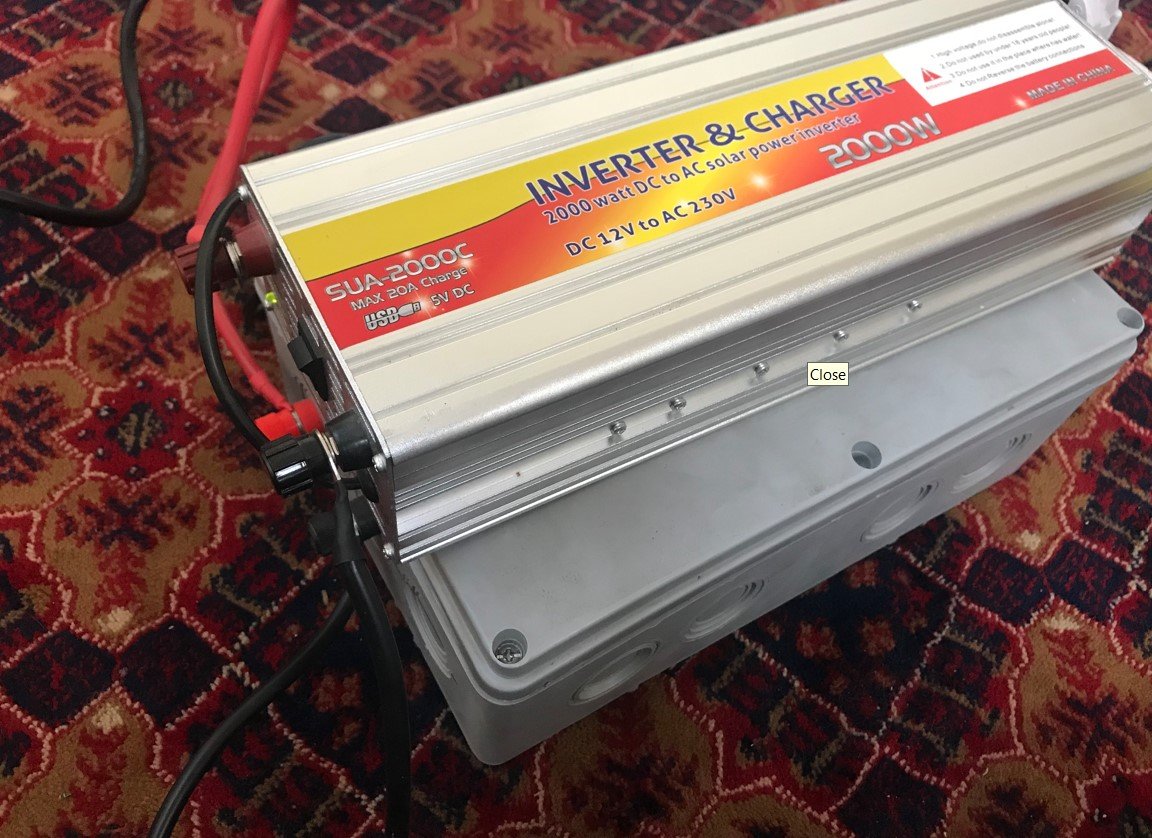

Final Notes
- Charging options: The battery pack can be charged with a 12V adapter or solar power using an MPPT (Maximum Power Point Tracking) controller.
- Longevity: This recycled battery pack, if assembled and maintained correctly, will provide reliable performance for years.
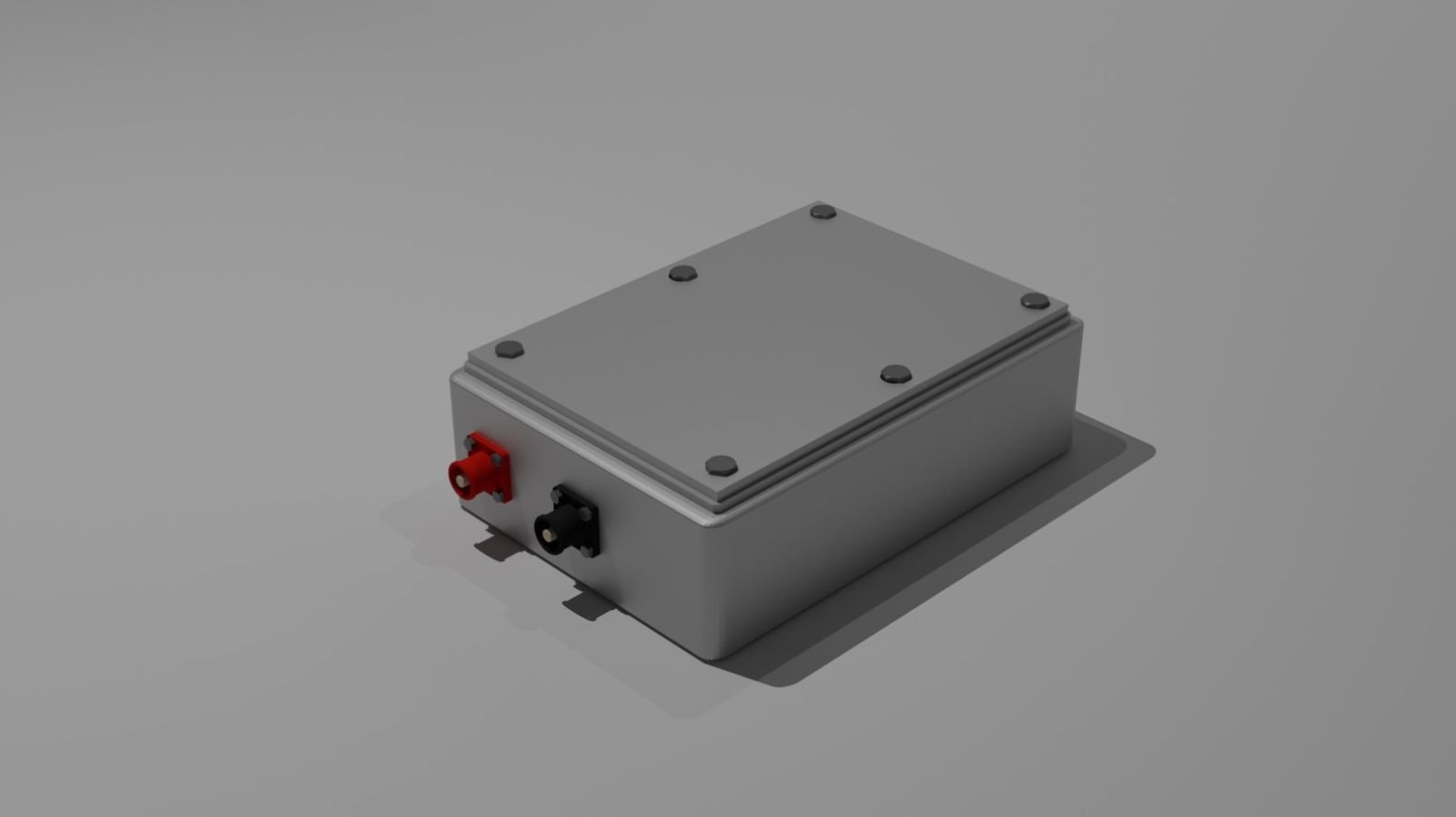
By following this guide, you can create a sustainable and cost-effective battery pack from recycled laptop batteries, contributing to reduced electronic waste and promoting renewable energy solutions.
Posted by Ali Aslan at Saturday 11th of January 2025 10:47:08 AM